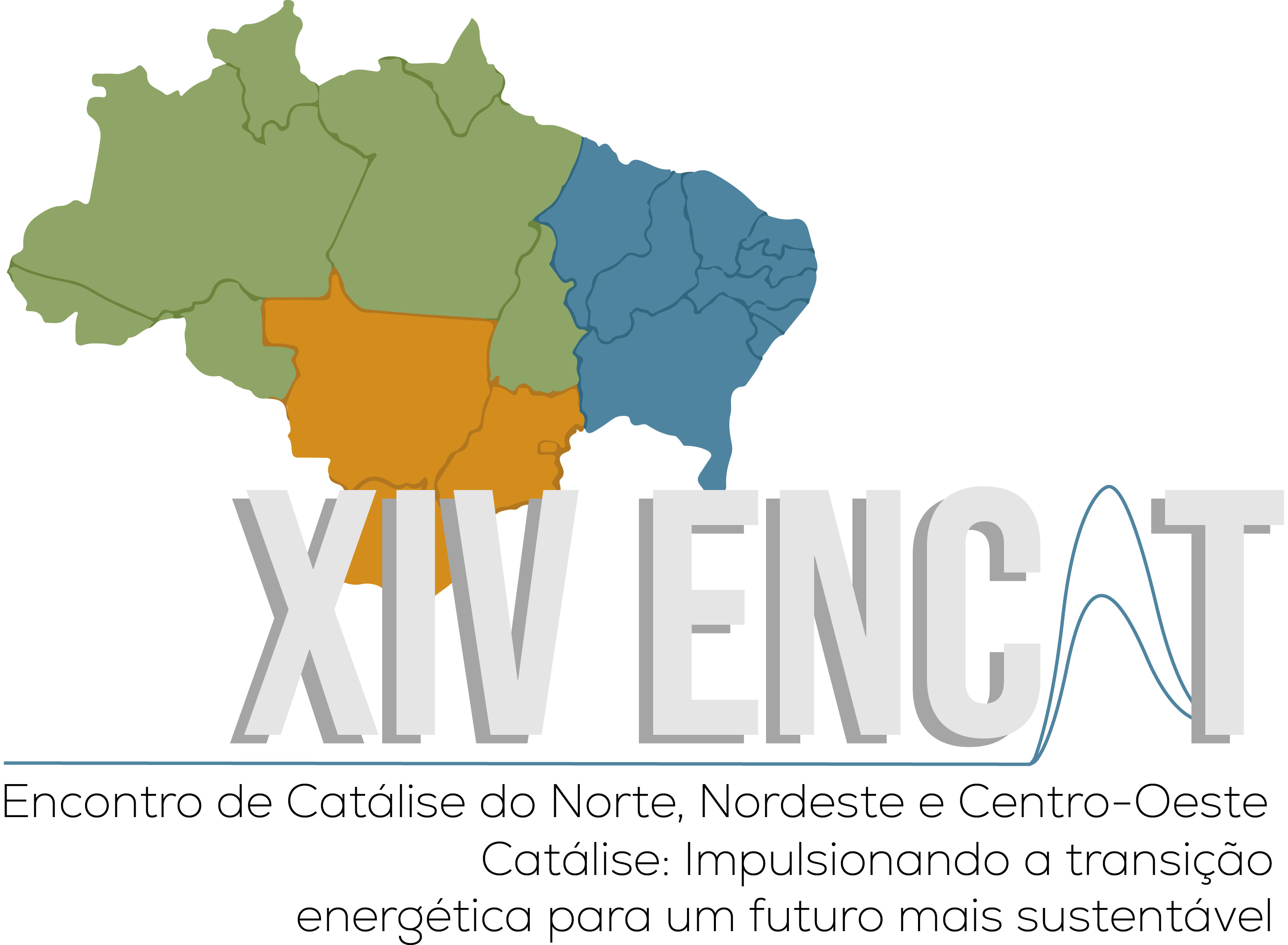Zeolite synthesis from lithium extraction residue: a sustainable approach for waste valorisation
Palavras-chave:
zeolite , waste valorisation, digestionResumo
The utilisation of mineral waste as an alternative source for zeolite synthesis represents a promising approach to reducing environmental impacts, particularly in the context of the growing demand for lithium. This study explored the feasibility of synthesising Zeolite A and X from silico-aluminous waste produced following the transformation of the mineral spodumene into lithium salts, employing two primary methodologies: alkali digestion and fusion. Furthermore, the influence of the particle size distribution of the waste on the efficiency of the synthesis process was examined. Initial characterisation of the waste, through XRD and Rietveld refinement analysis, indicated the significant presence of β-spodumene and quartz, with the latter being a resistant phase that impedes waste dissolution during synthesis. Particle size distribution curves revealed that over 88% of the waste had particle sizes within the silt range, with a uniform distribution that favours particle interaction during the hydrothermal process. Alkali digestion tests showed the formation of Zeolite A with moderate crystallinity and the presence of undissolved residual phases such as quartz. However, the alkali fusion procedure proved more efficient, leading to greater quartz dissolution and subsequently a Zeolite A with superior crystallinity. The diffractogram of the materials synthesised after alkali fusion exhibited high crystallinity, consistent with high-quality zeolite, along with a significant reduction in impurities. The particle size of the formed zeolites ranged from approximately 46 to 72 nm, with a Gaussian distribution typical of cubic systems. Alkali fusion emerges as an effective methodology for synthesising Zeolite A from lithium residues, yielding higher purity and crystallinity in the material. The homogeneous particle size distribution of the waste is crucial for enhancing reactivity and dispersion during hydrothermal synthesis. The study also highlights the importance of applying these sustainable methodologies at an industrial scale, in alignment with the UN’s 2030 Agenda, fostering circular economy practices and reducing industrial waste by transforming it into high-value materials such as zeolites.
Downloads
Referências
BIESEKI, L. et al. Synthesis and characterization of zeolites from lithium residues. Cerâmica, 2013.
OLIVEIRA, M. S. M. Zeolite synthesis from lithium residues. UFRN, 2016.
VINACHES, P. et al. Unconventional silica source employment in zeolite synthesis. Materials Letters, 2015.
Downloads
Publicado
Edição
Seção
Licença
Copyright (c) 2024 Swianny Pertteson, Emanuel Bruno Costa Dantas Elias, Ana L. P. T. Bezerra, Leonardo Leandro dos Santos, Sibele B. C. Pergher (Autor)

Este trabalho está licenciado sob uma licença Creative Commons Attribution 4.0 International License.


